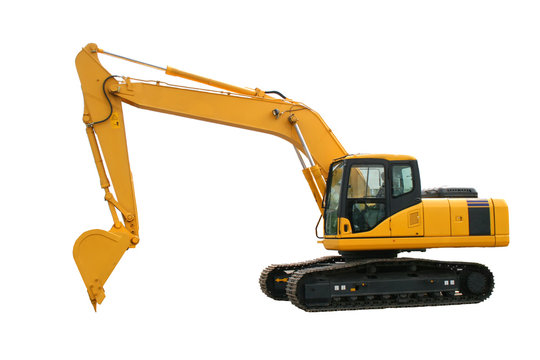Title Page
-
Heavy Equipment Operator Inspection
-
Job #
-
Manufacturer (s)
-
Model (s)
-
Date of Verification:
-
Weather - Select all that apply
-
Superintendent (s):
-
Operator Name:
-
Years of Expierience
-
Reason for Evaluation
-
Evaluated By
Evaluation
Pre-Planning
-
Operators should be trained in the safe operation of the equipment they will be utilizing, and understand the equipment’s limitations
-
Utilities have been located and marked prior to start of work; critical systems/utilities have been pot holed
-
Where applicable, the operator should reference blue prints and as-builts pertinent to the work area.
-
Operator’s manual is readily available on the equipment, and the operator has reviewed and understands the requirements outlined within.
Inspection - Perform equipment inspection per operator’s manual. At a minimum, ensure the following are inspected:
-
Ensure cab is free of loose materials and debris.
-
Ensure operator’s manual is in the cab and in legible condition.
-
Check tires for cuts, bulges, chunking and proper inflation
-
Check for proper level of fluids and ensure no leaks are present
-
Check that belts, air pressure, air filter, etc. are in place and in good working condition,
-
All fittings should be adequately greased
-
Look for broken welds, cracks in the paint/metal or obvious damage
-
Inspect roll over protection for tightness of bolts/quality of welds, seat belt is in place and operational
Operation
-
When mounting or dismounting, maintain three points of contact with the machine at all times.
-
Use proper start procedures, consult the operator’s manual for equipment specific requirements.
-
Perform equipment inspection,
-
Allow the equipment to warm up prior to operating the machine
-
If applicable, the slope angle should be kept to a minimum.
-
Imposed loads and how they affect adjacent excavations and / or other structures should be clearly understood
-
If applicable, set stabilizers and raise the machine slightly off the ground, ensure the machine is level.
-
Make sure ALL personnel and other equipment are clear of the work area, and be alert to other people & equipment
-
Match ground speed with conditions of terrain
-
Allow no riders
EVALUATION
-
Based on my evaluation, the operator has completed the evaluation and is qualified to operate the equipment









